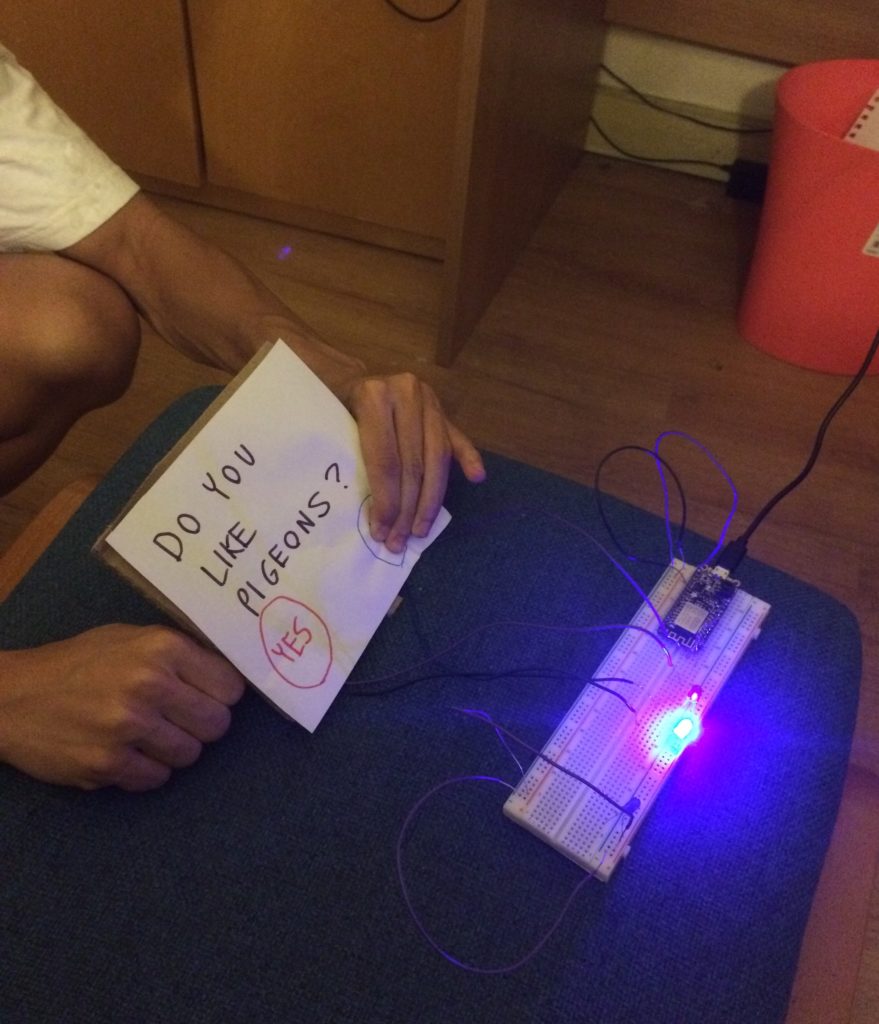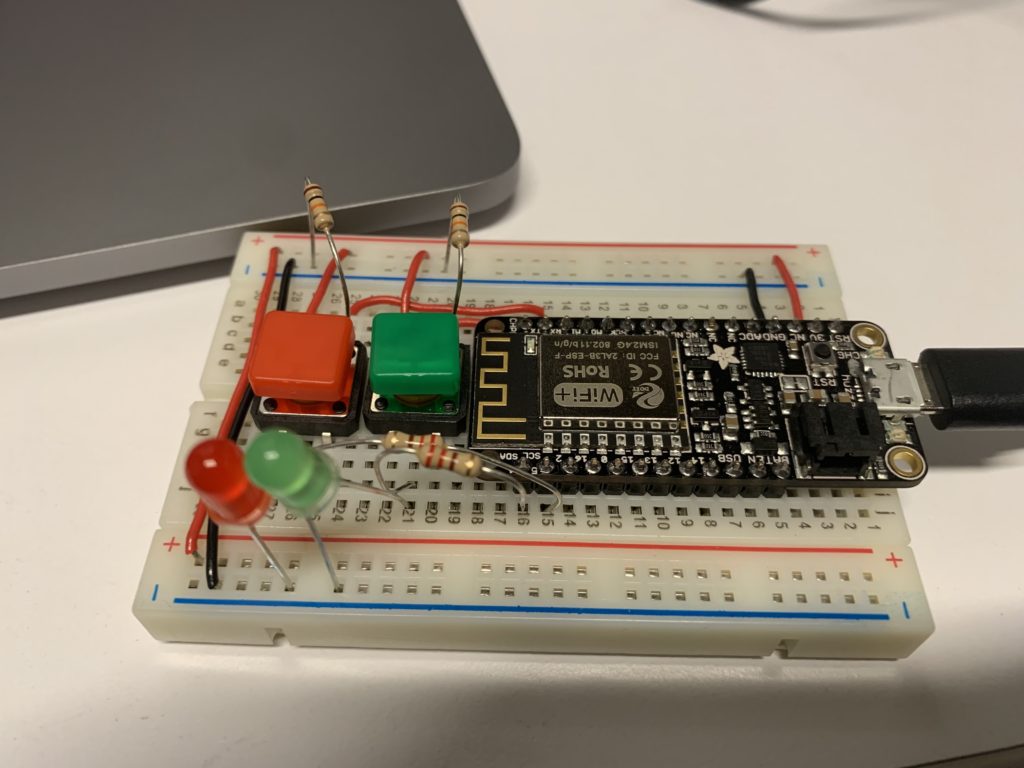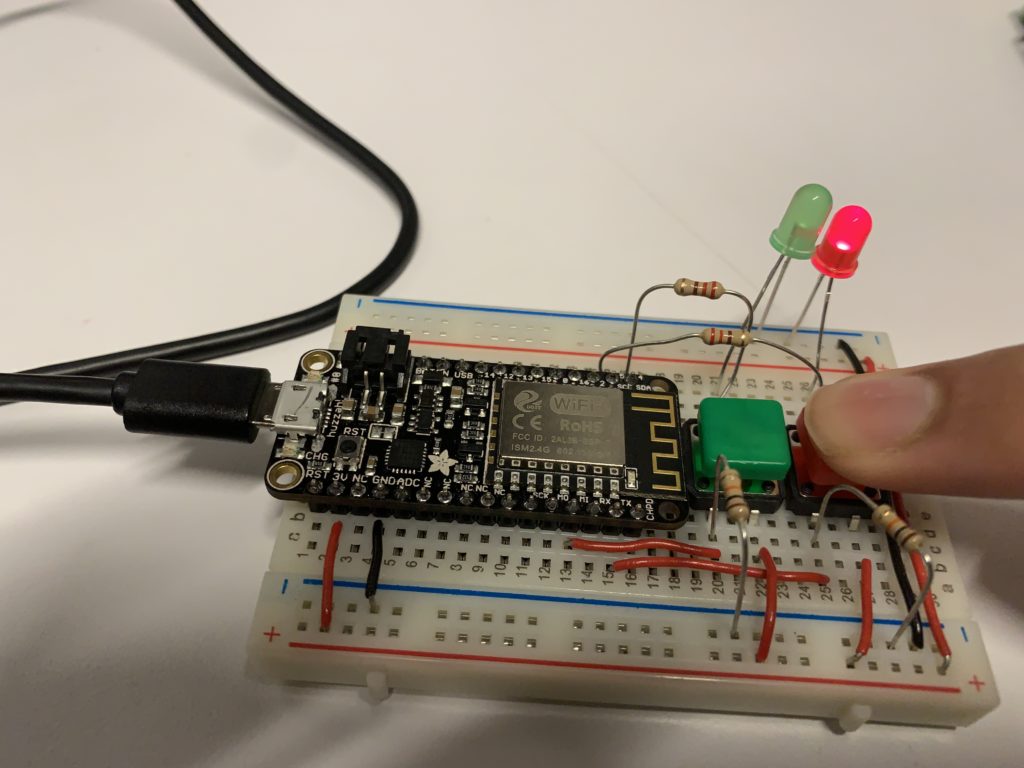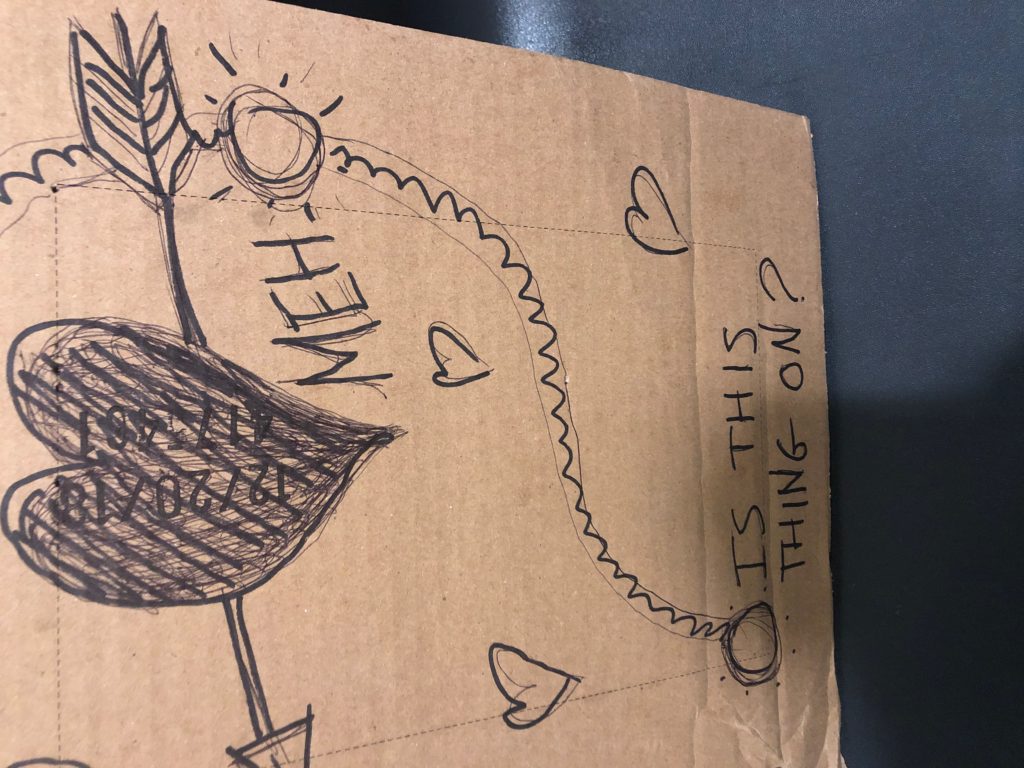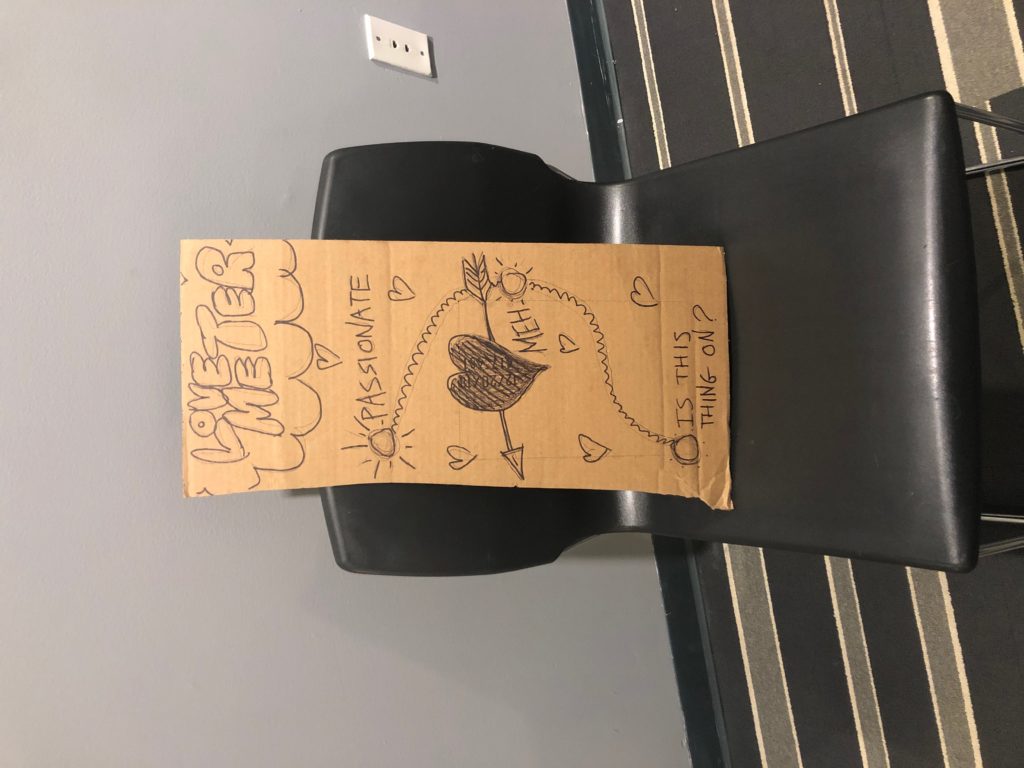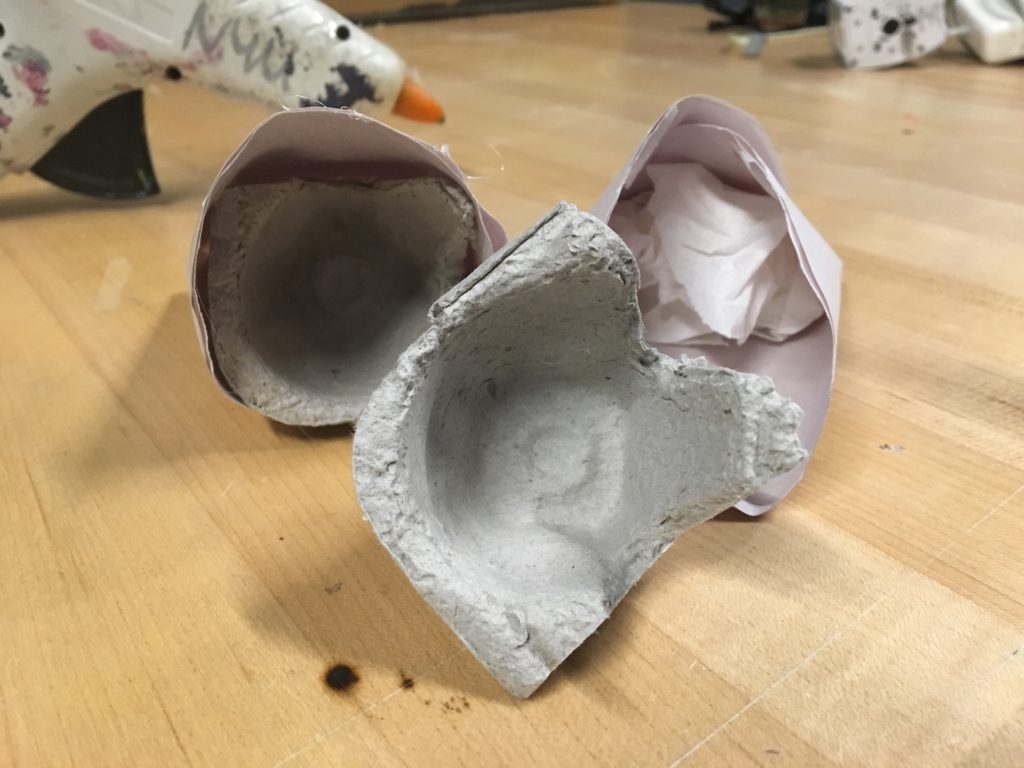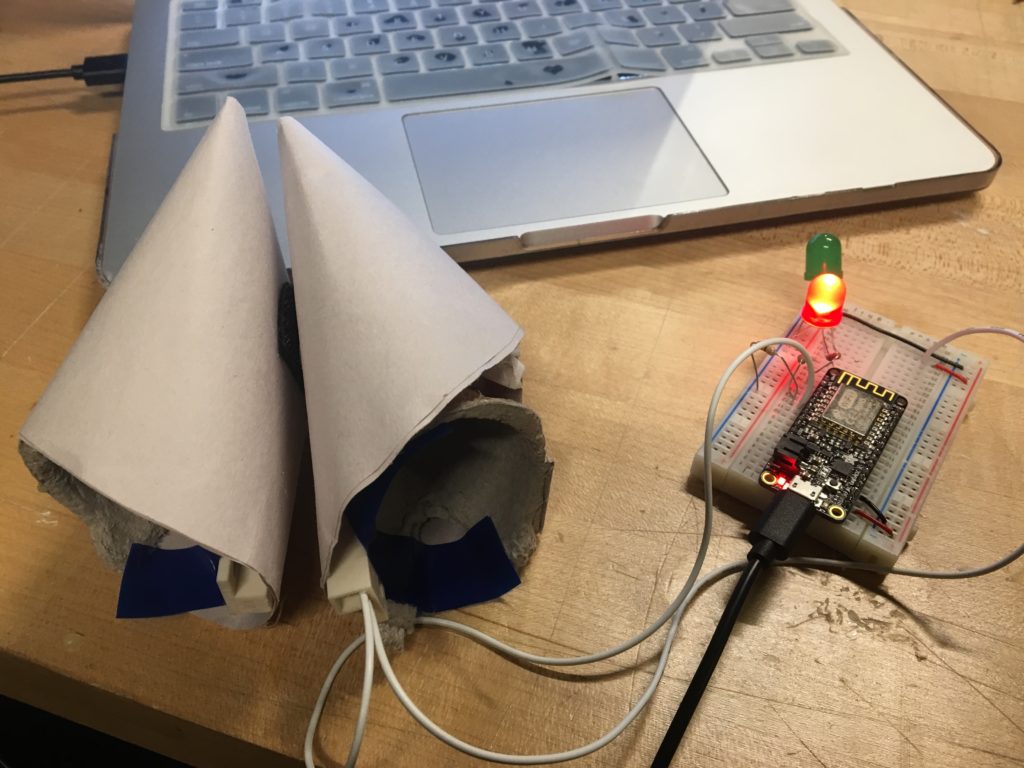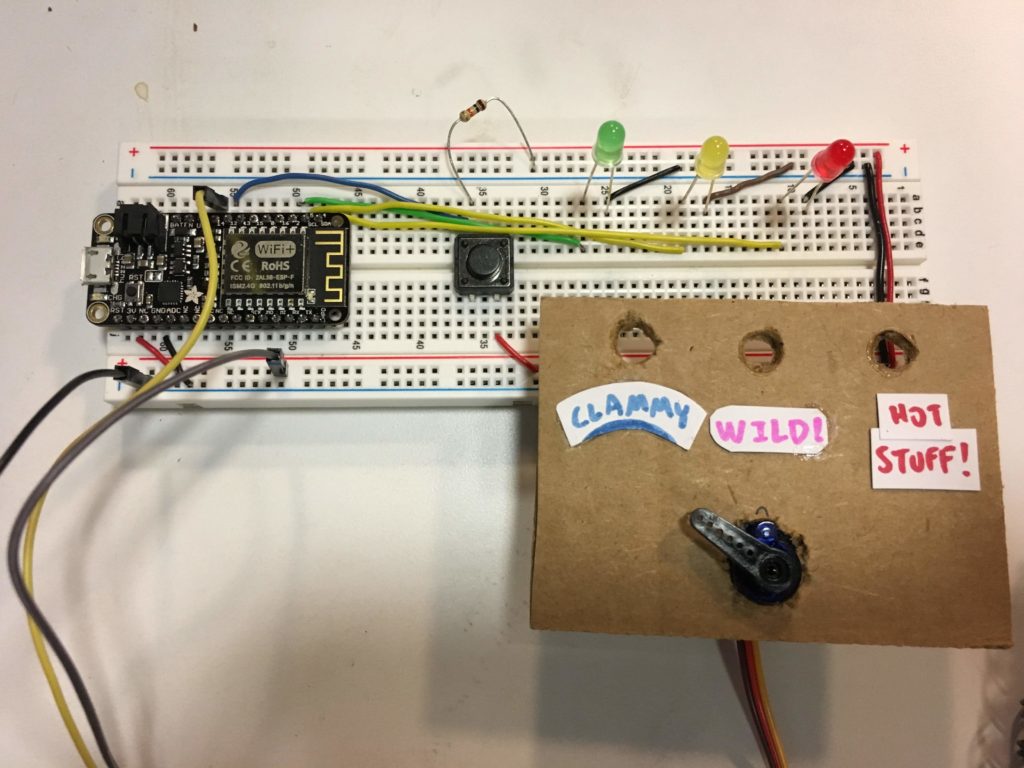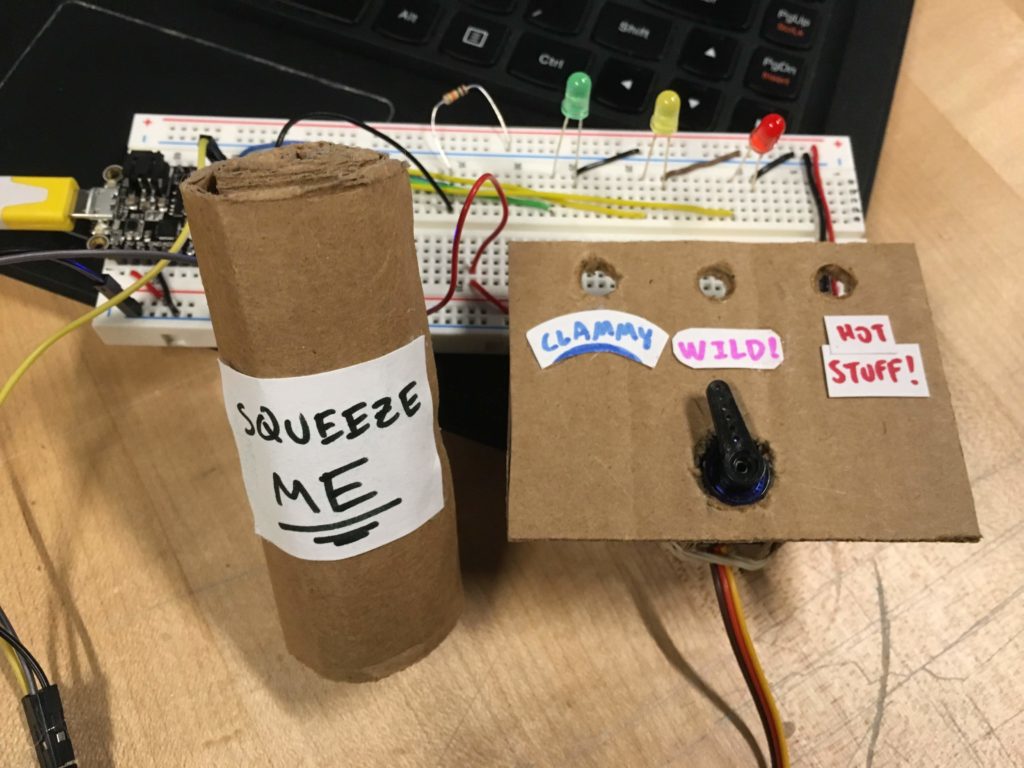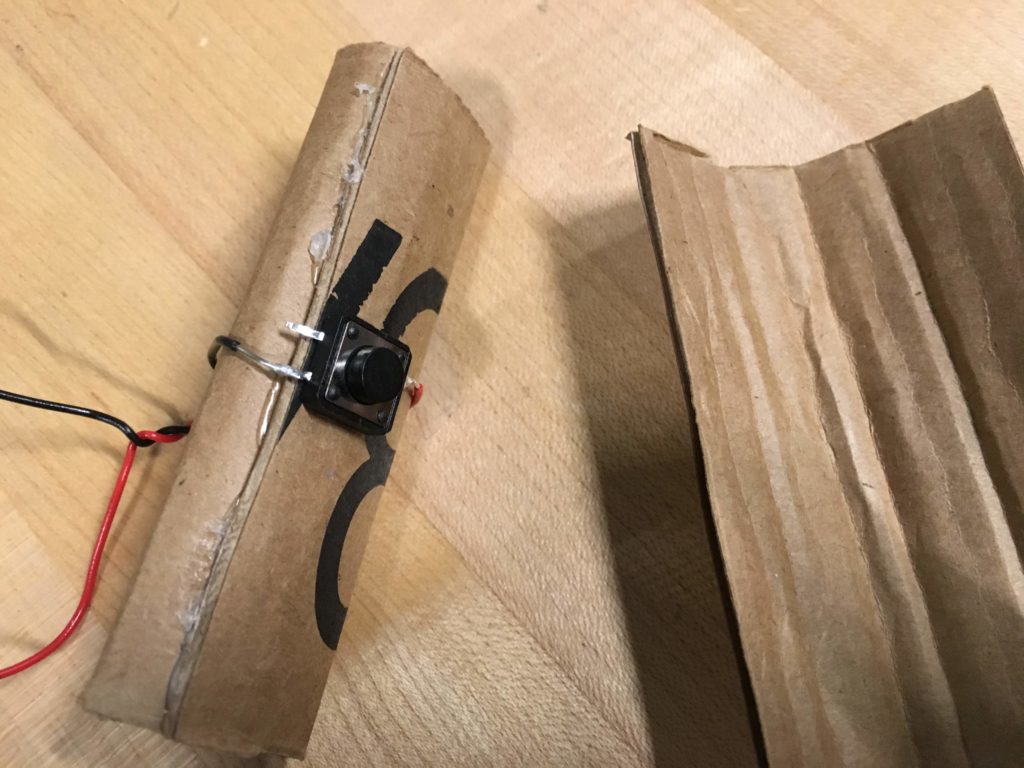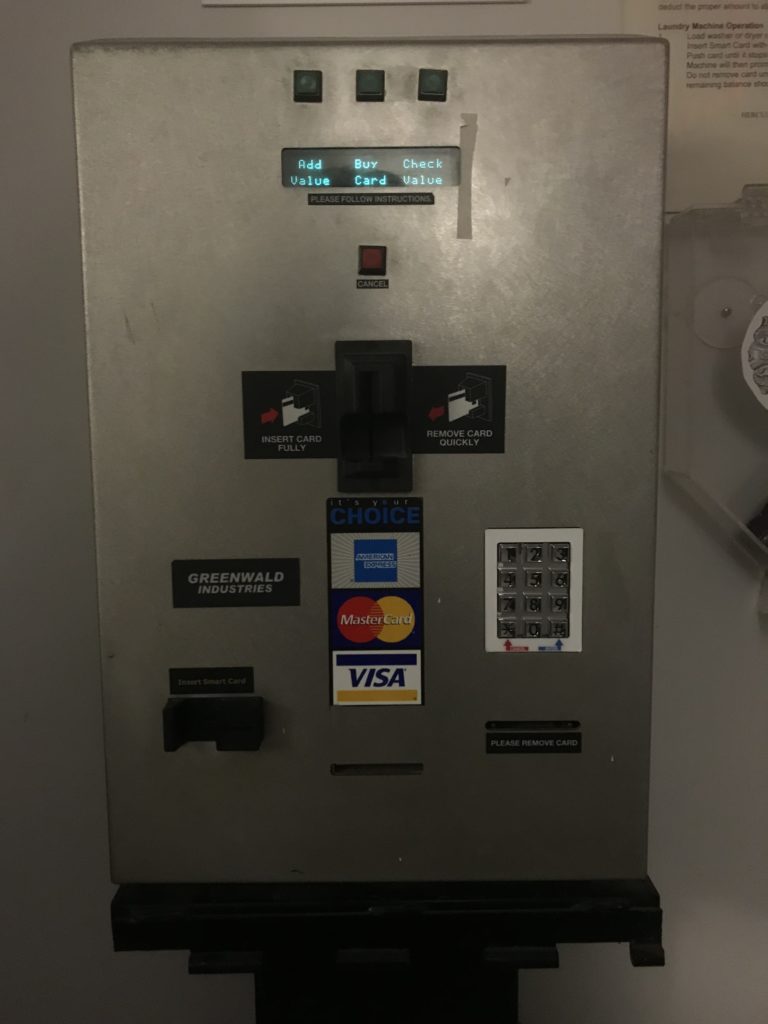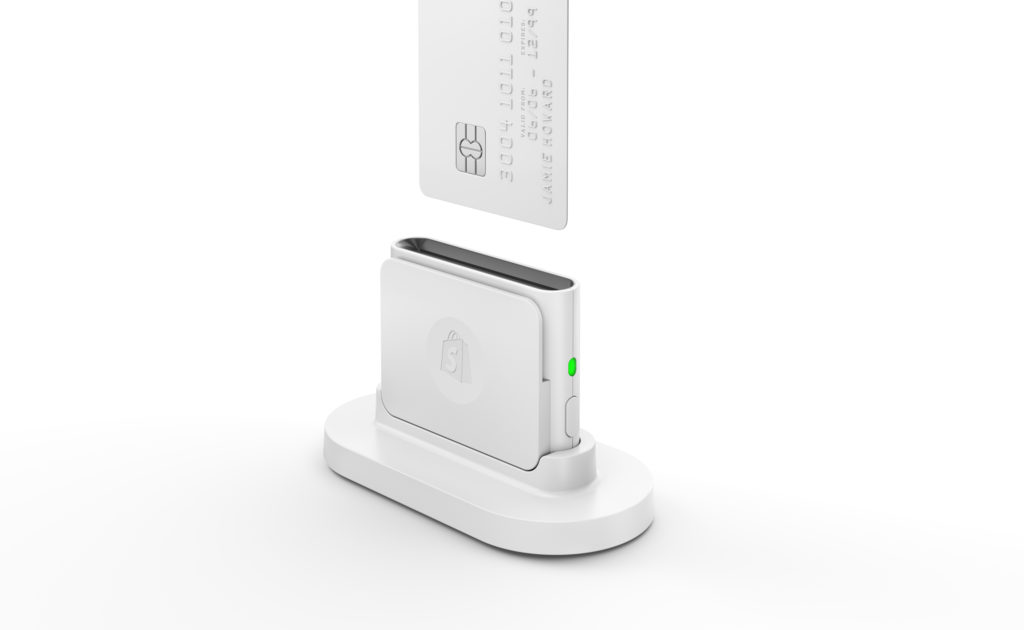I would just like to say, reading There Will Come Soft Rains reminded me
of the popular legend of Rome being burned to the ground while the Roman
dictator Nero played the fiddle. A living space that used to beautiful,
efficient, and useful; now a piece of useless knowledge and death. There is definitely
a visible critique of interactive network devices; interacting with no one and
nothing. Humans have somehow died out or disappeared from existence. When the
devices are cleaning the house, cooking food, and setting the alarm on and off
for humans, they seem to have a purpose. However, since humans are no longer
there the devices no longer have a purpose. They seem desperate and hopeless. Issues
of waking up on time, going to work, making breakfast, or telling bedtime
stories without having to pull a book out no longer exist because there is no
human to interact with these network devices. Another story by Ray Bradbury
called, The Veldt, reminds me of the Turn of the Screw. The children are very
much disturbed and, in the story, they are described as being neurotic. The
parents start to notice the tendencies getting worst in their children due to a
“nursery” filled with virtual reality. The most prominent virtual reality in
the short story is the veldt in Africa. Eventually the parents and the children’s
psychologist decide to shut down the nursery and every other interactive
network device they have in the house. There is a definite comparison between
the house in There Will Come Soft Rains and
the house in The Veldt. Both houses
are very much created for comfort, in The
Veldt, the psychologist even states, “‘George, you’ll have to change your life. Like too many others, you’ve built it around creature
comforts. Why, you’d starve tomorrow if something
went wrong in your kitchen? You wouldn’t know bow to tap an egg.’” The two
houses are both centered around this idea of “creature comfort” and that these
mechanical devices have to interact with human beings in order for the house to
thrive/live. Another comparison I see between the two stories is that both
house do “die” out in the end of the stories. There is a use of personification
of the houses, that somehow the house has life, they live and they breath just
like humans do. The house even tries to save themselves in different ways. The
house in There
Will Come Soft Rains, tries to save
itself using the interactive network devices but ultimately the house
dies in a fire. The house in The Veldt, technically
dies at the end of the story with the parents shutting down all of the “essentials”
in the house, but interesting enough, the children are the ones who try to save
the house, and eventually this ending turns into mutiny, “‘I don’t
imagine the room will like being turned off’, said the father. ‘Nothing ever
likes to die —even a room’” (The Veldt).
In essence, the critique of both
short stories shows concerns and issues about problems with the actual
interaction between network devices and humans. How these two very powerful
elements coincide together and how efficient each one is. The most important
issue is how humans rely on these machines, and how machines rely on humans.
With the work we are doing in class, I believe that critical thinking and deep
discussions about one’s product can be something that is humans see as
necessity but not a crutch could create a better environment for our future
generations.
“‘Lydia, its
off, and it stays off. And the whole damn house dies as of here and now. The
more I see of the mess we’ve put ourselves in, the more it sickens me. We’ve
been contemplating our mechanical, electronic navels for too long. My God, how
we need a breath of honest air!’”
